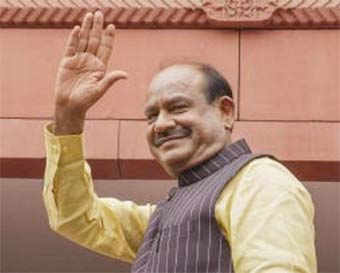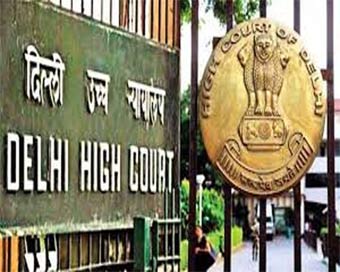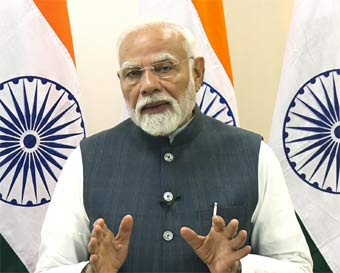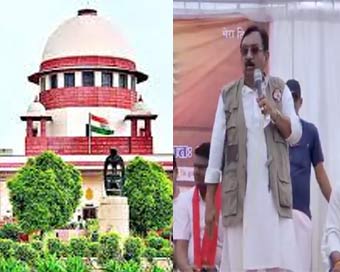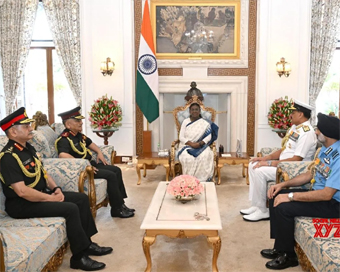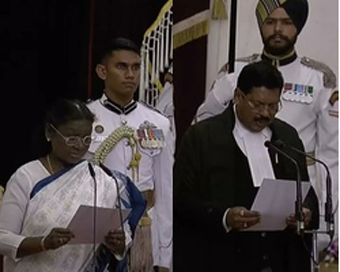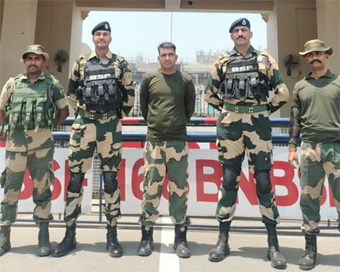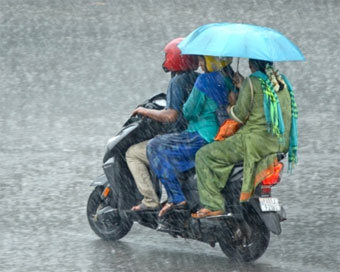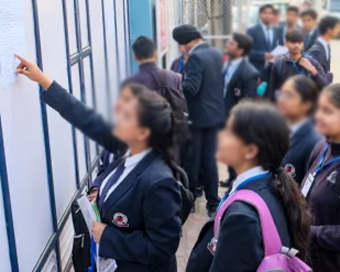 |
|
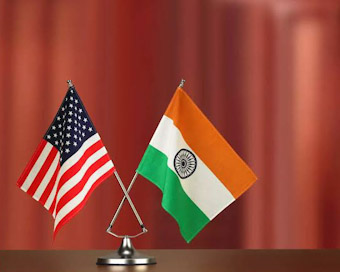
In the context of the India-U.S. bilateral relationship, “There is a need to minimise differences and maximise opportunities” said Lt. Gen (Retd.) D S Hooda, former General Officer Commandingin-Chief, Indian Army's Northern Command. He was speaking at a virtual workshop, titled “India-U.S. Geopolitical Relations: Past, Present and Future” which saw distinguished panellists addressing thematic issues relating to the bilateral partnership, with a special focus on defence ties.
The workshop was organised by CUTS International under the Defense News Conclave Project, being implemented with the support of the U.S. State Department.
Gen. Hooda spoke about recent geopolitical events and accompanying strategic realignments, and their consequences in terms of the challenges and opportunities for the India-U.S. relationship. He noted that the India-U.S. partnership is strong today, driven by a recognition of the need to work
together to handle geopolitical challenges in the Indo-Pacific region and a rising China.
He pointed out three geopolitical challenges that the relationship will have to navigate:
(1) the differences over positions on the Russia-Ukraine war, driven by India’s strategic autonomy.
(2) the U.S.’ withdrawal from Afghanistan and the Taliban takeover, which has the potential to destabilise the region.
(3) India-China relations, which have deteriorated over the past two
years.
Raymond Vickery, Senior Adviser, Albright Stonebridge Group, stated that 1991 was a crucial year for the India-U.S. strategic relationship, being the year the Soviet Union collapsed and India opened up its economy – therefore creating a window for India and the U.S. to cooperate across
the board.
While the period from 1947-1991 saw relations fluctuating, including many ups and downs, the trajectory of the relationship since 1991 is noteworthy. He pointed to the period from 2005-2008 being a great breakthrough, when the Civil Nuclear deal was put in place, which was in essence more about the strategic relationship than about civil nuclear cooperation. Vickery opined that there was a tension between India’s foreign policy and strategic posture.
He emphasised that the “strategic values of defending democracy, having non-aggression, building peace and stability, rule of law, is a very strong factor”, and that the strategic convergence between India and the U.S. should not be restricted to views on border and territorial concerns, but also be on the broader question of values.
Anit Mukherjee, Associate Professor, S Rajaratnam School of International Studies, Nanyang Technological University, Singapore, stated, on the other hand, that as opposed to values, the issues which bring India and the U.S. together are interests alone. While the interests don’t align perfectly, Mukherjee observed that “best friendships are shaped by the interests that bind them”, and for India and the U.S., the interests align mainly because of shared concerns of a rising China.
On bilateral defence ties, he noted that the military-military and defence relationship has been growing from strength to strength, across areas of defence trade and joint military exercises.
Swasti Rao, Associate Fellow, MP-IDSA, discussed the evolving multilateralism in the IndoPacific region, nothing that the various coalitions in the Indo-Pacific address both threat perceptions as well as larger normative goals (climate change, resilient supply chains, green energy, COVID-19 vaccines etc.). In her view, the Transatlantic and the Indo-Pacific security architectures are merging, driven by geopolitical changes. Rao also spoke at length on the role of Europe in the evolving landscape.
Overall, she emphasised the need to “declutter the crowded, complex space of initiatives in the Indo-Pacific.” Pointing out that no two countries can have an identical foreign policy and a complete convergence of interests, she stressed on the imperative of mapping convergences.
Tweet




